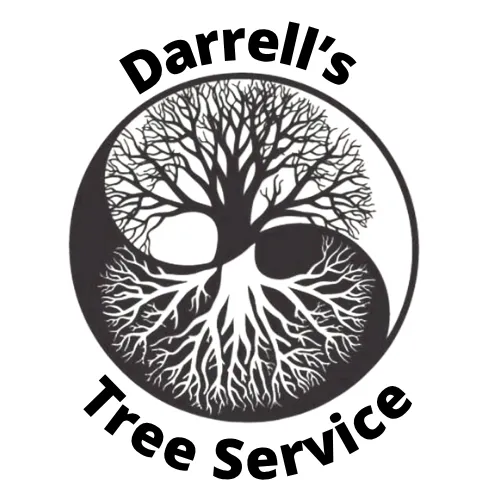Darrell’s Tree Service
Trusted Tree Care for Northern Utah
Serving Ogden & The Wasatch Front Since 1981

Healthy Trees.
Happy Yards.
Peace of Mind.
For over 40 years, Darrell’s Tree Service has been Northern Utah’s go-to team for expert tree care, removal, and landscape solutions. Our certified arborists combine deep local knowledge with professional training to keep your property safe, beautiful, and thriving, season after season.

Our Services
OUR SERVICES
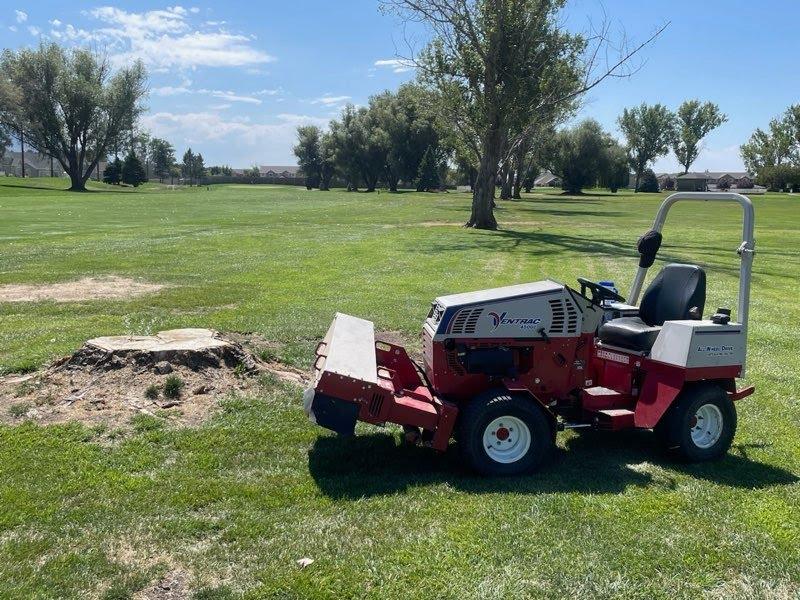
Tree Removal &
Stump Services
Tree Removal, Hazardous Tree Removal, Stump Grinding & Removal, Land Clearing.
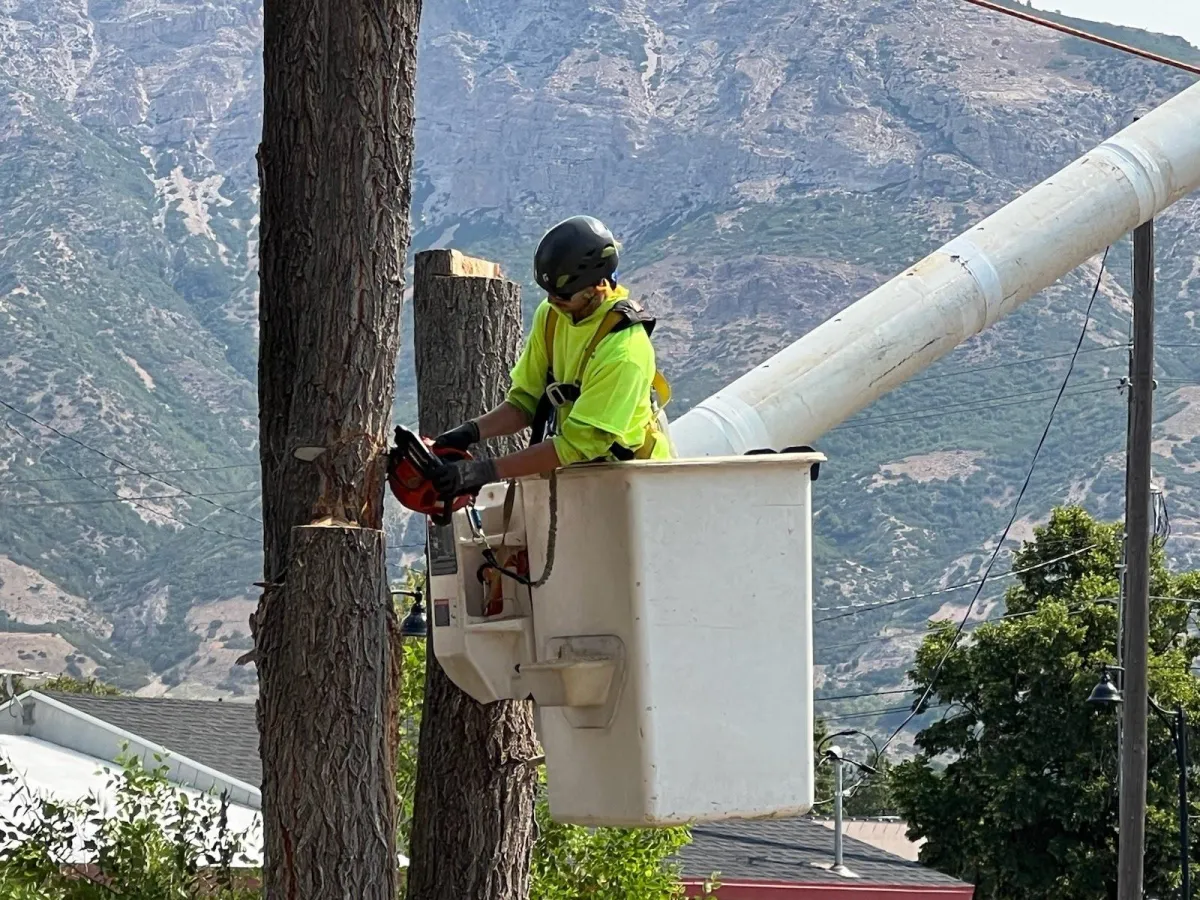
Tree & Shrub Care
Trimming & Pruning, Shrub & Landscape Maintenance, Fertilization, Treatment
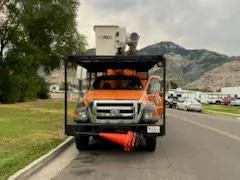
Emergency &
Storm Services
Emergency Tree Services, Storm Damage Response
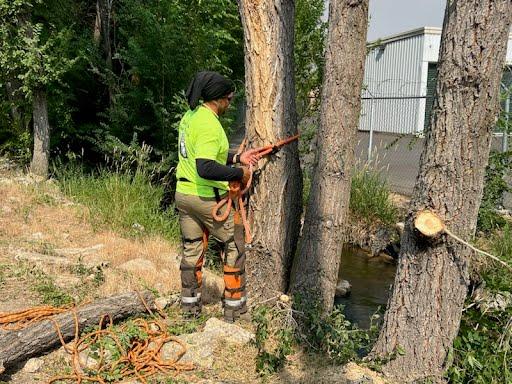
Tree Health & Structural Support
Diagnosis & Risk Management, Cabling, Bracing & Preservation
Why Choose Darrell’s?
Trusted, Local Tree Care Experts
Since 1981
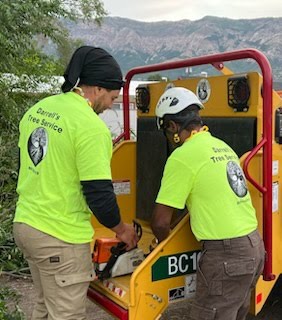
Here's what you get:
Locally Owned & Operated Since 1981
Certified, Experienced Arborists
Free, No-Obligation Estimates
Fully Licensed & Insured
Prompt, Thorough Cleanup, Every Job
4.6-Star Rated by Your Neighbors
Areas We Serve
CLIENT'S REVIEWS
WE HANDLE EVERYTHING FOR YOU
OVER
40
YEARS OF SERVICE
OVER
52,000
TREES TAKEN CARE OF
OVER
30
COMMUNITIES SERVED
RECENT POSTS
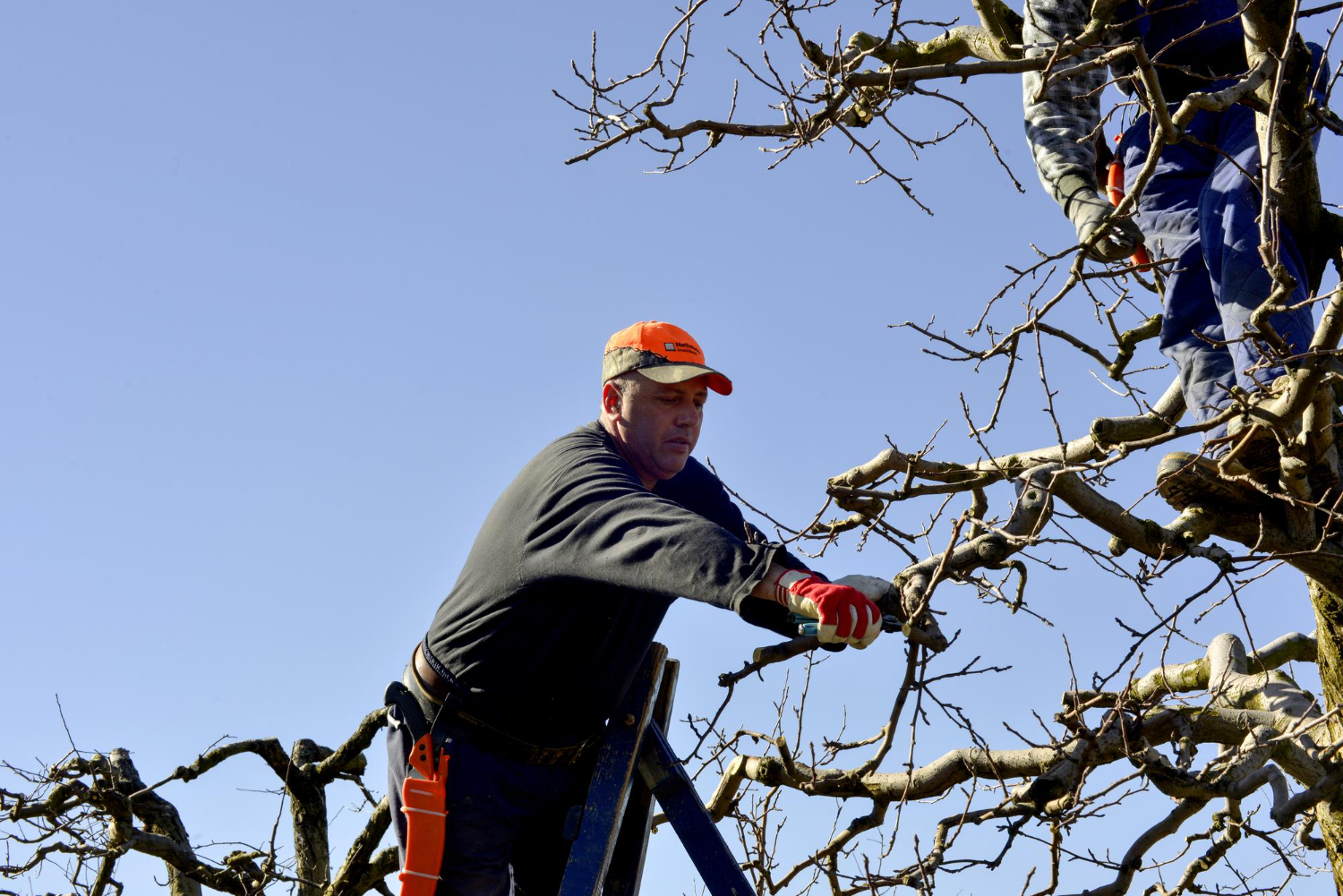
Emergency Tree Care in Salt Lake for Fall and Winter Risks
Cold snaps, windstorms, and heavy snow start rolling into Salt Lake in late fall, and trees don’t always handle the shift well. A branch that looked fine in September might split or fall by November. That’s where emergency tree care in Salt Lake comes into play. When trees crack, lean, or drop limbs, it's not just a mess, it can be a real danger to your home, car, or power lines.
Getting ahead of the season’s biggest tree risks doesn’t have to be complicated. It starts with knowing the warning signs and understanding how fall and winter weather can push even healthy-looking trees to the edge. Quick action makes a big difference in keeping everything stable and safe.
Recognizing Seasonal Tree Risks Before They Escalate
Once temperatures start bouncing between warm afternoons and freezing nights, trees in our area can go through stress changes faster than you’d think. That’s especially true when storms swing through with strong wind or wet snow.
• Cold snaps after warm days can cause limbs to crack without warning
• Snow and ice get heavy fast, putting a lot of weight on wide or drooping branches
• Damage isn’t always easy to spot unless you look for signs like sagging limbs, long cracks in bark, or trees that suddenly lean
Roots can get exposed by soil erosion after rain, and that only makes tree stability worse heading into colder weeks. If a tree looks off or has changed shape after a storm, that’s usually a sign something deeper is happening.
Staying alert as temperatures swing is key. Stress cracks may only show up under certain kinds of pressure, like when the air suddenly gets colder at night after a warmer day. These shifts mean it’s possible for a tree that seemed secure in earlier months to develop problems. If you keep an eye out for drooping limbs, root movement, or other change, you’ll be able to notice issues before winter truly sets in.
Common Tree Emergencies We See in Salt Lake Each Fall and Winter
Every year as the leaves fall and the temperatures drop, trees start acting up around Salt Lake. We see many of the same problems as winter settles in across the Wasatch Front.
• Limbs that drop on cars, fences, or across driveways after a snowstorm
• Trees that split at the trunk or snap in strong wind
• Roots coming loose after heavy rain and freezing conditions
• Branches growing too close to utility lines, shaking loose and causing power issues
Some of these problems happen slowly, showing signs over time. Others come out of nowhere, usually after a fast-moving storm. That’s why it’s helpful to walk through the yard every so often and take note of changes before they become emergencies.
Repeated freeze-thaw events can speed up hidden damage, causing small cracks to spread longer or deeper in the wood. When wind gusts arrive or a heavy layer of snow weighs down the branches, any weak spot can give out. Problems that may seem minor in early fall can quickly escalate to real emergency situations when weather patterns become more severe.
Why Timing Matters When It Comes to Tree Trouble
The earlier we spot a problem, the better chance we have at stopping something worse from happening when the weather takes a turn. Once winter fully sets in, frozen limbs become brittle, snow piles up in trees, and wind gets more forceful.
• Waiting too long means repairs or removal may have to happen during freezing temps, which can be tougher and slower
• Cold affects how tree limbs move and break, which makes quick fixes harder or riskier
• When inspections happen before the first big snow, we have more options to stabilize trees instead of only being able to respond once something falls
Even if a tree looks mostly fine now, hidden damage from past seasons can still cause problems. Making time for a closer look in late October can stop those problems from turning into weekend calls when things start crashing down.
A quick inspection before the toughest weather arrives helps property owners avoid costly or time-consuming emergencies. This step can be especially helpful if a tree has already endured previous storms, or if new construction or soil changes have happened nearby. Early attention often means simple solutions, catching those risks before an ice storm or strong wind quickly turns them into emergencies.
What to Expect From a Professional Emergency Visit
Emergency calls in cold weather can’t be rushed, but speed matters. We show up prepared to assess not just the tree but everything surrounding it. It’s not about chopping first, it’s about slowing things down and figuring out what really needs to be done.
• We study the tree’s structure, lean, limb angles, and how close it is to homes, walkways, fences, and vehicles
• If something needs to come down, we focus only on the parts that pose a real safety risk
• After dealing with the immediate danger, we talk through how to reduce storm risks going forward, which could include pruning or support steps
The goal during any emergency isn’t just cleanup, it’s about making sure nothing else is at risk of coming down once the next big snowfall hits.
A professional visit provides a chance to get answers to questions about long-term stability and steps you can take before winter peaks. With years of experience handling emergencies through harsh Utah winters, trained teams know how to spot risks efficiently. If extra support or preventive pruning is suggested, those recommendations help homes and businesses get through the season with fewer worries.
Peace of Mind During Rocky Weather
Darrell’s Tree Service offers emergency tree removal, trimming, and safety inspections throughout Salt Lake City. Our certified arborists use specialized equipment to handle damaged or hazardous trees quickly, giving property owners peace of mind during stormy weather.
It’s easier to enjoy the season when you’re not worrying about what could fall on your roof in the middle of the night. That’s what early planning is really about. One good look at your yard in late fall lets us find weak limbs or sinking trunks before they bring winter stress.
Salt Lake weather can flip quickly, and once the snow starts sticking, tree care gets harder. Clearing up risks now leaves fewer surprises in the middle of a storm. If your trees already look a little off or you’ve had close calls in the past, this is the time to take it seriously.
When we act early, we stay safe through the rest of the season. Strong trees mean fewer worries and fewer emergencies, even when the weather outside is anything but calm. If you spot something that feels off, it’s always worth asking someone who knows what to look for. Darrell’s Tree Service is here to help when you're ready.
Staying ahead of winter weather in Salt Lake City means knowing when a tree needs extra attention. Unsure about what's safe or what could become a hazard? Let us take a closer look before the next storm hits. We’ve handled all kinds of cold-season concerns, from cracked branches to trees leaning after heavy snow. When your property might be at risk, our help with emergency tree care in Salt Lake can make all the difference. Contact Darrell’s Tree Service to schedule an inspection before conditions get worse.
